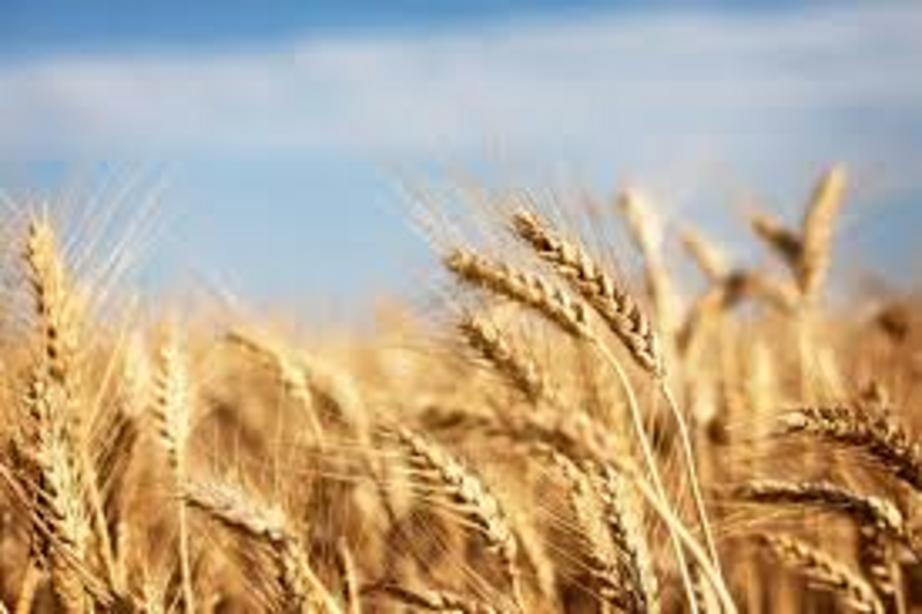How humans transformed wild wheat into its modern counterpart
A sophisticated sequencing study reveals genetic changes that emerged in wheat as it became domesticated by agricultural societies in the Fertile Crescent, roughly 10,000 years ago.
The findings provide scientists with a better understanding of traits in modern wheat -- the variety used to make bread and pasta -- and could inform efforts to improve the yield and quality of this key food source.
The domestication of wild wheat caused a shift in traits, which mostly relate to seed dormancy, spike morphology, and grain development. For example, while the spikes of wild wheat shatter at maturity, all domesticated wheat spikes remain intact, which enables easier harvest. Here, Raz Avni and colleagues used 3-D genetic sequencing data and software to reconstruct the 14 chromosomes of wild tetraploid wheat, Triticum turgidum.
The team then compared genes responsible for shattering in domesticated wheat to the corresponding genes in wild wheat, in order to understand genetic changes underlying the evolutionary transition to a non-shattering state.
They identified two clusters of genes in domesticated wheat that have lost their function.
When they engineered strains of wheat with one of these gene clusters restored, the wheat exhibited unique spikes where the upper part was brittle and the lower part was not brittle. These results suggest that the two gene clusters play a part in the transforming the brittle qualities of wild wheat.
Story Source:
Materials provided by American Association for the Advancement of Science. Note: Content may be edited for style and length.
Journal Reference:
- Raz Avni, Moran Nave, Omer Barad, Kobi Baruch, Sven O. Twardziok, Heidrun Gundlach, Iago Hale, Martin Mascher, Manuel Spannagl, Krystalee Wiebe, Katherine W. Jordan, Guy Golan, Jasline Deek, Batsheva Ben-Zvi, Gil Ben-Zvi, Axel Himmelbach, Ron P. Maclachlan, Andrew G. Sharpe, Allan Fritz, Roi Ben-David, Hikmet Budak, Tzion Fahima, Abraham Korol, Justin D. Faris, Alvaro Hernandez, Mark A. Mikel, Avraham A. Levy, Brian Steffenson, Marco Maccaferri, Roberto Tuberosa, Luigi Cattivelli, Primetta Faccioli, Aldo Ceriotti, Khalil Kashkush, Mohammad Pourkheirandish, Takao Komatsuda, Tamar Eilam, Hanan Sela, Amir Sharon, Nir Ohad, Daniel A. Chamovitz, Klaus F.x. Mayer, Nils Stein, Gil Ronen, Zvi Peleg, Curtis J. Pozniak, Eduard D. Akhunov, Assaf Distelfeld. Wild emmer genome architecture and diversity elucidate wheat evolution and domestication. Science, 2017 DOI: 10.1126/science.aan0032
For the rest of this article please go to source link below.

